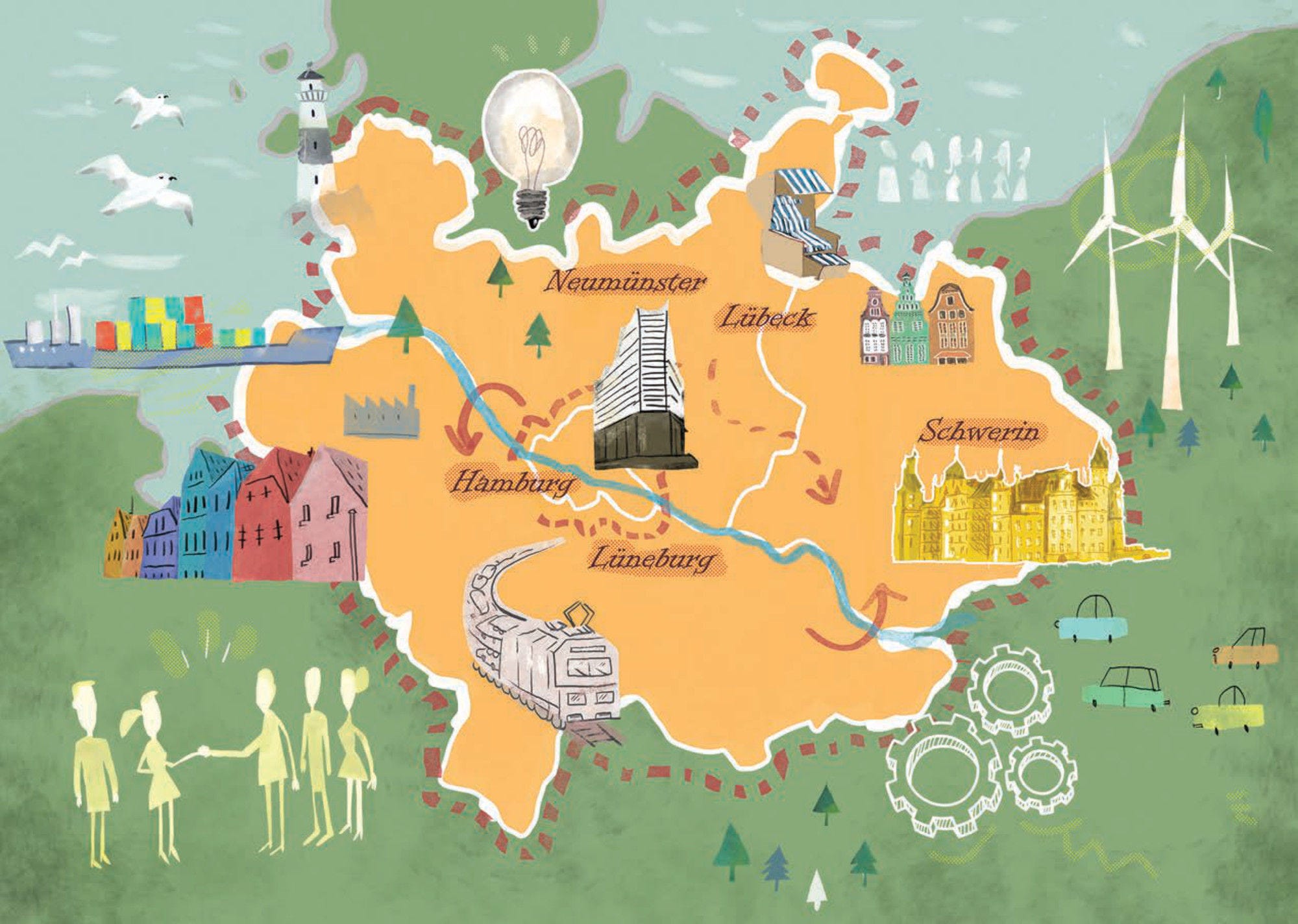This report assesses the extent to which the state of Morelos, Mexico has implemented the OECD recommendations set in the Territorial Review of Morelos, published in 2017. The recommendations addressed matters of human capital, education, skills, innovation, territorial development, sustainable development, governance and public finances. For each of them, the monitoring toolkit indicates areas of change, identifies bottlenecks and proposes ways forward. The timeframe of implementation is also considered. The report further analyses the impacts of the earthquake of 19 September 2017 and the policy responses adopted in its aftermath. It offers advice on how to lead a reconstruction process that delivers a better state of affairs than the previous one, especially concerning territorial development and infrastructure investments. It advances a new topic, on connectivity and accessibility, in view of recent investments in rail and road infrastructure.
OECD Territorial Reviews: Morelos, Mexico

Abstract
Executive Summary
This review builds upon the OECD Territorial Review of the State of Morelos, Mexico, carried out in 2016 and published in 2017. The 2017 review made 12 recommendations and 39 sub-recommendations across the policy sectors of human capital development, integrated territorial development, governance and finance. The recommendations seek to help Morelos improve its economic performance and the well-being of its citizens. The state’s indicators of education, informal employment, safety and environmental protection lie below national standards, according to the 2015 OECD report Measuring Well-being in Mexican States.
This monitoring review assesses the main regional policy changes since 2016 and the extent to which the recommendations put forward in the 2017 review have been implemented. It also places a special focus on the impacts of the earthquake of 19 September 2017 and on the reconstruction strategy led by the State of Morelos. The report further analyses recent railway and road projects through the lens of accessibility and connectivity.
There was progress in all of the 12 recommendations proposed in the 2017 report, with significant progress in 8% of sub-recommendations, progress in 43% of them and modest progress in the remaining 49%
Since 2017, Morelos has kept pace with existing trends: increased specialisation in the manufacturing sectors but with little gains in labour productivity; persistently high share of informality; and low skills levels. GDP per capita and population are growing, but the population is growing faster than the GDP per capita. Connectivity challenges hamper the potential to benefit from the state’s advantageous geographic location near the capital. Perception of security, an essential element of well-being and instrumental for regional attractiveness, remains low at 13% in 2017. Employment also remains precarious, in the face of the stubbornly high level of informality at 68% as of 2017. Rural areas tend to be significantly more affected by lower well-being outcomes, reduced economic opportunities and persistent informality.
Morelos has advanced in all recommendations proposed in the 2017 review to varying degrees. Progress was made in 43% of the sub-recommendations (17 out of 39), meaning that significant changes could be observed. The restructuring of the Human Capital Council is noteworthy, and so are the continuous efforts to strengthen the innovation system in Morelos. Modest progress was recorded in 49% of them (19 out of 39), in which solid efforts are needed to support implementation. Finance and taxation are challenging areas in which stronger advances are yet to be recorded. For the remaining 3 sub-recommendations (8%), Morelos made very substantial progress, meaning that the bulk of actions should be focused on maintaining current efforts, without the need for changes in direction. The state’s commission for evaluation and monitoring (COEVAL) has solidified its actions, and tourism policies have been better defined and become more strategic.
Considering the timeframe of each sub-recommendation, 15% are to be implemented over the short term (0 to 1 year), 51% over the medium term (1 to 3 years) and 33% over the long term (more than 3 years). In each of these groups, Morelos had made modest progress in 45% to 66% of them. The most significant advances are found in the group of medium-term recommendations, notably regarding skills development, tourism and rural policy. Full implementation is still to be promoted. Long-term changes, such as building trust in the public administration, consolidating metropolitan spatial planning and enhancing the state’s internal connectivity, have shown understandably less rapid change.
The earthquake of 19 September 2017 has caused human losses, damaged public infrastructure and slowed down progress in some policy sectors
On 19 September 2017, the Central Mexico earthquake hit Morelos, Puebla and the Greater Mexico City area, with a magnitude of 7.1. It was the deadliest of the past 32 years in Mexico. Morelos reported 74 casualties and 1 945 injured people; 7 410 homes with total damage and 16 386 with partial damage; damage to hydraulic infrastructure and public buildings; and 22 damaged stretches of road and streets, as well as 3 fractured bridges.
The recovery and reconstruction efforts diverted significant state financial and human resources from the implementation of the recommendations set in the Territorial Review of 2017. The state created a single agency to co-ordinate the response (Unidos por Morelos) and dedicated personnel to deliver this response in each of the municipalities affected. This favoured a unified and coherent strategy, as well as communication with other stakeholders, including the national government. The agency leads the housing reconstruction strategy and the delivery of construction materials for partially-damaged structures. The state is updating urban plans in Jojutla and Cuernavaca, focussing on much needed issues of sustainability and mobility. In all, Morelos has delivered quick, well-organised and well-structured policy responses to the earthquake.
The road and railway projects have positive prospects but strategic planning and evidence-based policy making can be further advanced
Improved connectivity and logistics can reduce transport costs for businesses, expand the market for local producers and achieve better integration with production and consumption centres. Important investments were made in road connectivity, namely in the north-south federal highway Autopista del Sol, and the east-west road connections with Puebla and regional airports. In the freight rail sector, the state is rehabilitating a 103 km link from the industrial park of Cuautla towards the north, near the Mexico City conurbation. The rail line will contribute to the development of a more diversified economic pole in Cuautla. By shifting freight from road to rail, another benefit will be greater road safety and less air pollution.
Given that resources are limited, planning and prioritisation are essential to best address the state’s infrastructure needs and build consensus around investments. Morelos needs to implement more consistently cost-benefit and impact assessments to identify promising projects and measure risks. To strengthen evidence-based decision-making, the state should make use of already existing data on traffic and modelling of freight flows, and benefit from the expertise of national regulators. Strategic plans and public policy statements should be deployed more often to bring attention to state objectives and communicate about decisions.
In the same series
Related publications
-
 21 November 2024
21 November 2024 -
 Policy paper19 November 2024
Policy paper19 November 2024











